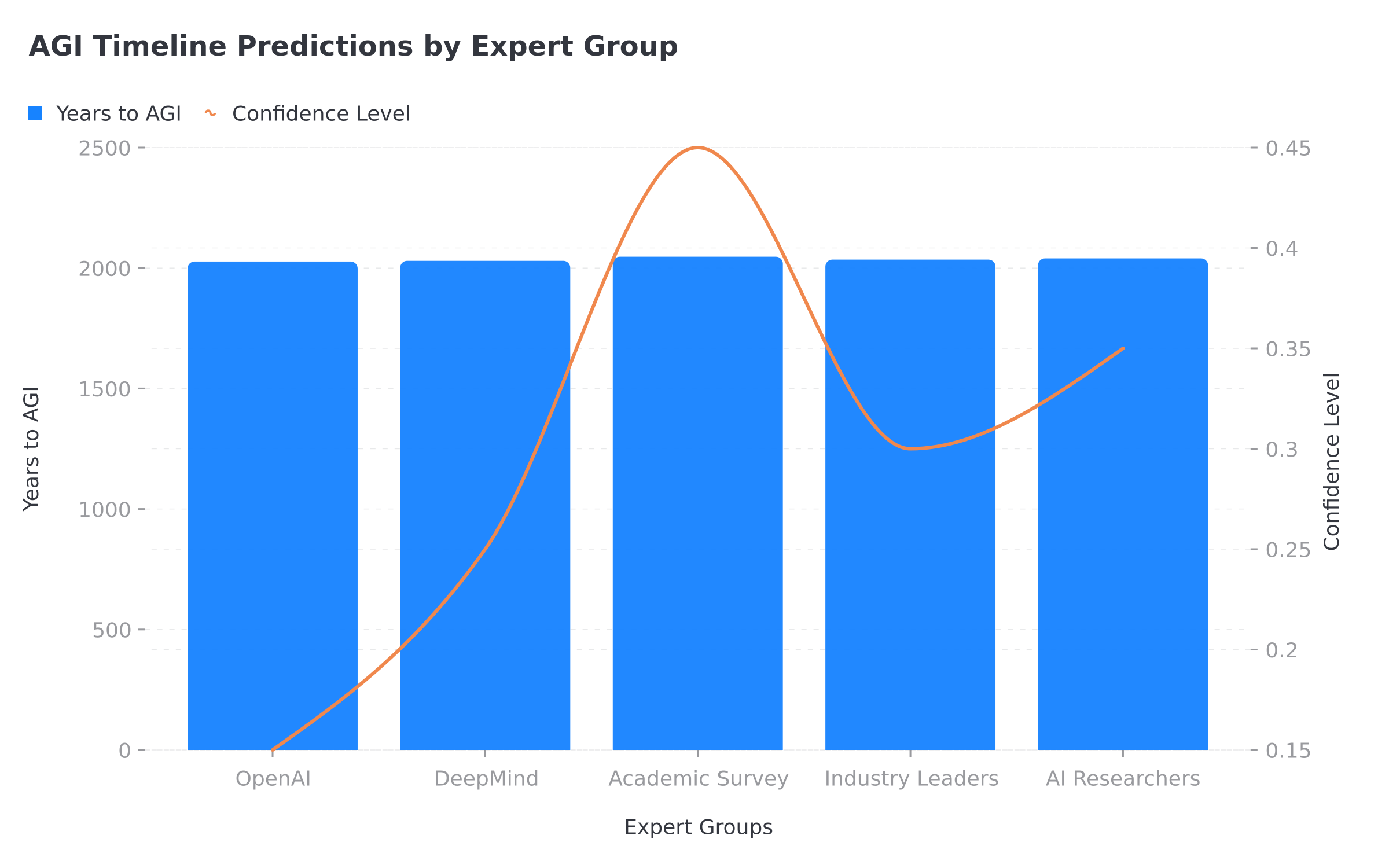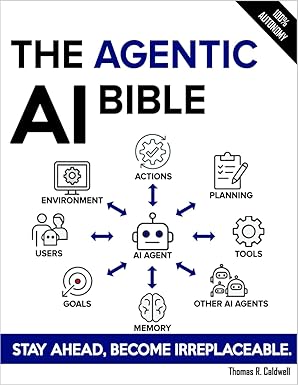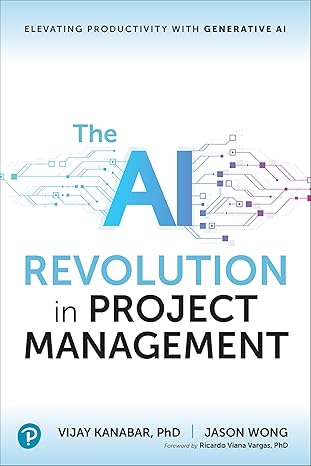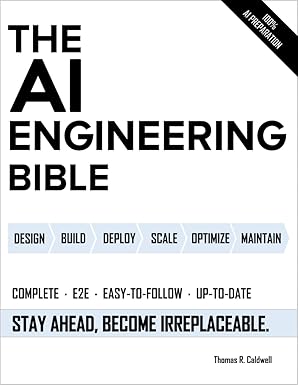AGI vs. ASI: How Far Are We, Really?

Ad Space
AGI vs. ASI: How Far Are We, Really?
TL;DR for leadership: Treat AGI with P50 arrival in the early 2040s and P10 in the late 2020s as the planning envelope. Move into the “fast track” posture only when (1) held-out generalist eval suites hit human parity, (2) agentic stacks run autonomously for ≥72 hours with auditable logs, and (3) frontier CAPEX plus regulation signal permissive deployment. Until then, stage investments across talent pipelines, evaluation infrastructure, and compliance-by-design so you can accelerate or brake without panic.
Predictions about artificial general intelligence (AGI) and artificial superintelligence (ASI) swing from "five years away" to "never happening", leaving executives unsure how to plan. Instead of chasing quotes, this guide distills the most credible forecasts, technical blockers, and policy signals so you can brief leadership with evidence—not vibes.
Scenario: Board Briefing for Horizon Planning
You're the CTO of a fintech preparing a 10-year roadmap. Directors want to know:
- When AGI (human-level capability) might arrive, according to labs, academics, and market analysts.
- How quickly ASI (superhuman capability) could follow.
- Which technical bottlenecks and governance moves could accelerate or delay those timelines.
- How to allocate R&D and risk budgets under uncertainty.
We will walk through five steps to build that briefing.
Step 1: Align on Definitions and Verification
| Term | Working definition | Operational trigger | Independent verification |
|---|---|---|---|
| Narrow AI | Excels at single or tightly scoped tasks | Production models such as GPT-4, Claude 3, Gemini | Benchmark scores published + reproducible by external labs |
| AGI | Matches or exceeds median human performance across most cognitive domains | ARC benchmark ≥85% and parity on held-out, open eval suites; multi-modal reasoning; autonomy ≥72 hours with ≤1 operator nudge/day | Third-party audits observe eval runs, confirm no prompt fiddling or tool-stitching |
| ASI | Vastly exceeds best human in depth, speed, adaptability | Demonstrated ability to self-improve, solve novel science problems, or coordinate large-scale actions faster than expert teams | Independent panel replicates results across ≥3 novel domains with transparent logs |
Definitions only matter if they are testable by someone other than the lab making the claim. Bake auditability into every trigger.
Step 2: Compare Credible Timelines
| Source | P10 (AGI) | P50 (AGI) | P90 (AGI) | ASI lag (conditional) | Evidence class |
|---|---|---|---|---|---|
| Lab leadership (OpenAI, 2024–25 statements) | 2026 | 2029–2032 | 2036 | 2–5 years | Public interviews/talks [OpenAI-2024] |
| DeepMind (Hassabis, Legg) | 2027 | 2030–2035 | 2038 | 3–10 years | Talks & research notes [DeepMind-2024] |
| Anthropic / safety researchers | 2030 | 2040 | 2060 | 5–15 years | Alignment-focused memos [Anthropic-2024] |
| Large-N expert survey (1,700 researchers) | 2027 | 2047 | 2090+ | 10–20 years | Peer-reviewed survey [FHI-2023] |
| Macro analysts (McKinsey, ARK) | 2030 | 2040 | 2050 | 5–10 years | Market research reports [McKinsey-2024] |
| Composite (weighted) | 2029 | 2039–2043 | 2060+ | 3–10 years | 60% weight on peer-reviewed surveys, 40% on lab leadership |
Takeaways
- Single-digit probabilities this decade: Leading labs publicly place low-double-digit probabilities on AGI before 2030; boards should treat it as a tail, not the base case.
- Baseline in early 2040s: Surveys and conservative labs converge on P50 ≈ 2040–2045 due to open problems in grounding, memory, and robustness.
- Conditional fast follower: ASI follows quickly only if access to compute scales, autonomy compounding is demonstrated, and safety gates allow tight deployment cadence.
Always brief with P10/P50/P90 ranges and label sources. Replace anecdote with percentile math.
Step 3: Map Blockers, Accelerants, and the Risk Matrix
| Risk / Driver | Likelihood (12–24 mo) | Impact on timeline | Notes / mitigations |
|---|---|---|---|
| H100 / GB200 supply constraints | Medium | +2–4 years | Multi-sourcing, long-term pre-buys |
| Eval contamination & overfitting | High | +1–3 years | Held-out benchmarks, audit logging |
| Algorithmic efficiency jump (program-of-thought hybrids) | Medium | −1–3 years | Track scaling-law deltas, fund research partnerships |
| Safety gating / licensing regimes | Medium | +1–5 years | Build compliance engineering muscle early |
| Sovereign megaclusters coming online | Low-Med | −1–4 years | Partnership negotiations, access agreements |
| Synthetic data quality breakthroughs | Medium | −0–2 years | Govern data provenance, bias checks |
Plot these on a 4×4 impact vs likelihood matrix for board decks. Sponsors immediately see which levers they can pull and which require policy engagement.
Step 4: Turn Signals into KPIs
| KPI | Target / threshold | Owner |
|---|---|---|
| Frontier CAPEX (4-quarter rolling) | Alert ≥ $60B → upgrade to Scenario A watch | CFO / Corp Dev |
| Export-control lattice score (−2 tightening … +2 loosening) | Alert at −1 or lower | Policy / Gov Affairs |
| Frontier license status (US/EU) | Track proposed → passed → enforced | Legal / Compliance |
| Hiring delta in autonomy & alignment (top 5 labs) | YoY % change; alert if +20% sustained | Talent Intelligence |
Publish a monthly dashboard. When a KPI crosses a threshold, revisit scenarios immediately instead of waiting for annual planning.
Step 5: Build Scenario Frameworks with Tripwires
| Scenario | Tripwires (all must fire) | Actions |
|---|---|---|
| Scenario A – Fast track (AGI P50 ≤ 2032) | T1: Held-out generalist eval suite parity on ≥6 domains. T2: Autonomous agent runs ≥1 week with reproducible audits. T3: Publicly confirmed training run ≥10× prior cycle or sovereign cluster online. | Freeze risky deployments > Tier-2, double eval spend, form joint safety review with counsel, pre-negotiate access to frontier clusters. |
| Scenario B – Baseline (AGI P50 ≈ 2040) | Status quo KPIs within thresholds. | Continue staged automation, invest in talent pipelines, maintain compliance-by-design cadences. |
| Scenario C – Slow roll (AGI P50 ≥ 2060) | T1: Hardware supply constrained >36 months. T2: Regulatory licensing requires model audits before release. T3: Eval breakthroughs stall (<5% YoY gains). | Focus on domain-specific AI, hedge with alternative tech, prioritize incremental tooling ROI. |
Tripwires eliminate debate: when they flip, move budgets accordingly.
Guardrails: How to Falsify an “Early AGI” Claim
Before you accept a press release, validate:
- Eval hygiene: Was the benchmark held out, run by an independent auditor, and free from tool-stitching?
- Human intervention: Did humans guide prompts mid-run or patch tool outputs?
- Distribution shift: Does performance degrade on fresh tasks or non-English inputs?
- Traceability: Are logs reproducible and auditable end-to-end?
If any answer is “no”, treat the claim as marketing, not a strategy trigger.
Implementation Checklist
- Adopt shared AGI/ASI definitions and measurable thresholds.
- Maintain a living timeline table that captures 10/50/90 percentile forecasts.
- Update blocker/accelerant risk matrix quarterly.
- Create a policy signal dashboard and assign owners.
- Refresh scenario planning assumptions during annual strategy reviews.
Thought Experiments to Challenge Your Plan
- Flash-Forward 2029: A frontier lab open-sources an agentic stack that can write, test, and deploy software autonomously. Do you treat this as a partner, competitor, or existential risk? Which controls trigger?
- Slow Burn 2045: Progress stalls because compute supply is rationed and regulation requires licensing for any model above 10B parameters. How do you stay competitive when bespoke domain AI becomes the only viable route?
- Regulation Leads the Race: Governments mandate AI model audits similar to financial audits. Does that extend your AGI timeline or accelerate trust, letting you ship faster than rivals who resist?
- Human Talent Crunch: Alignment and safety experts become the scarcest resource, not GPUs. What incentives and training programs guarantee you can evaluate frontier systems?
- ASI Emergence in a Niche: Superhuman capability first appears in a narrow science domain (e.g., materials discovery) and quickly spills over. Are your legal, compliance, and R&D teams ready to negotiate access or defend IP?
Use these prompts in leadership offsites to stress-test the assumptions from Steps 1-5. The goal is not to predict perfectly, but to rehearse responses so you can move faster than the news cycle.
Keeping leadership aligned on evidence-based timelines turns the AGI/ASI debate from science fiction into pragmatic risk management.
Appendix: Board Slide Starter Pack
- Definitions & Verification: Table from Step 1.
- Composite Timeline: P10 / P50 / P90 mini-table plus method note.
- Risk Matrix Snapshot: Top six blockers/accelerants placed on 4×4 grid.
- Scenario Trigger Chart: A/B/C tripwires with associated actions.
Ad Space
Recommended Tools & Resources
* This section contains affiliate links. We may earn a commission when you purchase through these links at no additional cost to you.
📚 Featured AI Books
OpenAI API
AI PlatformAccess GPT-4 and other powerful AI models for your agent development.
LangChain Plus
FrameworkAdvanced framework for building applications with large language models.
Pinecone Vector Database
DatabaseHigh-performance vector database for AI applications and semantic search.
AI Agent Development Course
EducationComplete course on building production-ready AI agents from scratch.
💡 Pro Tip
Start with the free tiers of these tools to experiment, then upgrade as your AI agent projects grow. Most successful developers use a combination of 2-3 core tools rather than trying everything at once.
🚀 Join the AgentForge Community
Get weekly insights, tutorials, and the latest AI agent developments delivered to your inbox.
No spam, ever. Unsubscribe at any time.



